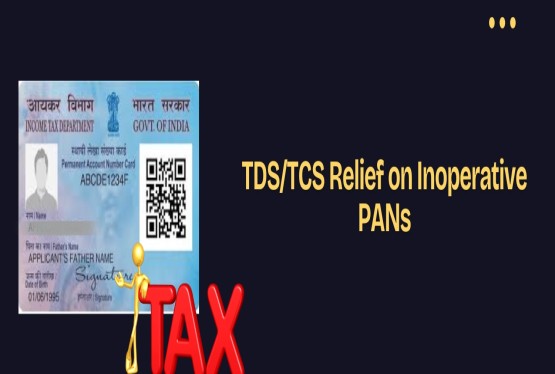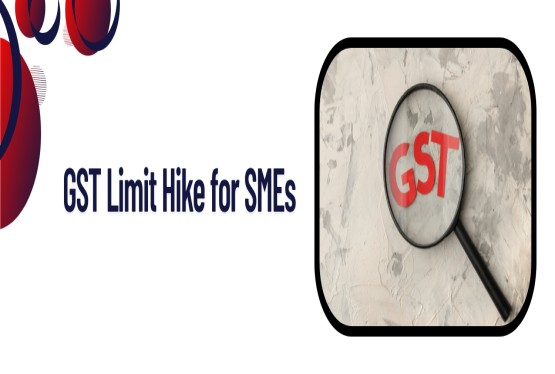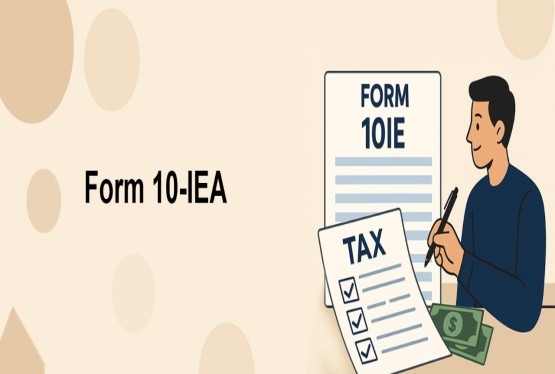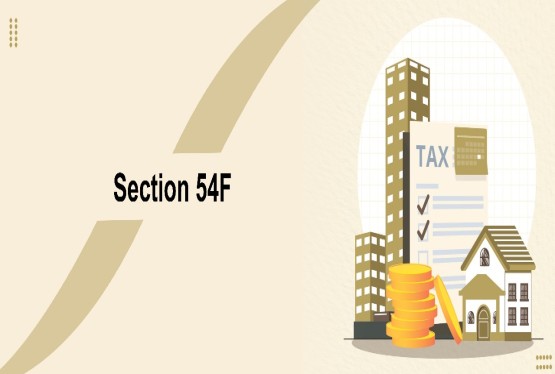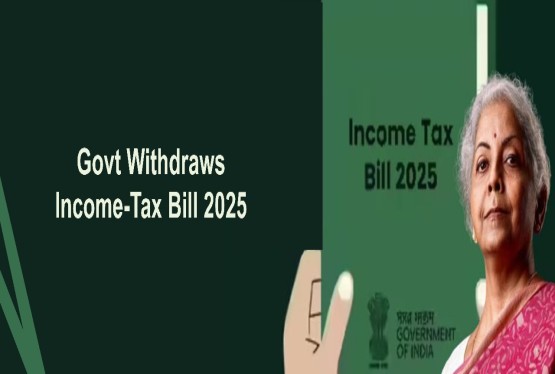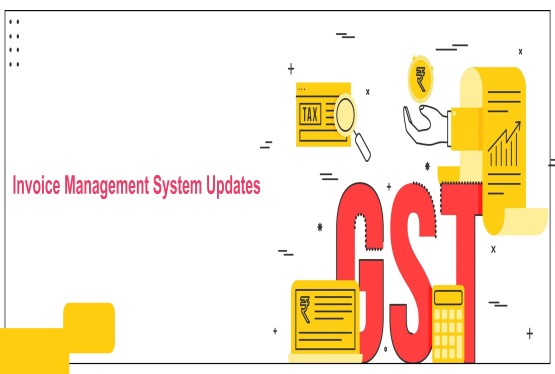A key aspect that requires rationalization in the Union Budget 2025 is the taxation of dividends for resident shareholders. Resident shareholders are individuals classified as residents under income tax laws, meaning those who live and reside in India. While the removal of the Dividend Distribution Tax (DDT) in FY 2020-21 was a positive step in line with global practices, the current tax framework results in double taxation of dividends. This double taxation burdens resident shareholders discourages equity investments, and creates disparities between resident and non-resident investors.
What is TDS (Tax Deducted at Source)?
TDS, or Tax Deducted at Source, refers to the tax deducted by the payer (the deductor) when making certain payments to the payee (the deductee). The tax amount is deducted from the total fee and deposited with the Income Tax Department.
Example:
If a bank pays interest exceeding Rs. 40,000 in a financial year, it may deduct TDS at 10%. For an interest payment of Rs. 50,000, the bank would deduct Rs. 5,000 as TDS and pay Rs. 45,000 to the account holder. Here, the bank acts as the deductor, and the account holder is the deductee. The deducted tax is deposited with the Income Tax Department, associated with the deductee's PAN.
The deductee can claim the TDS amount as a credit while filing their Income Tax Return (ITR), offsetting it against their total tax liability.
What Are Dividend Distribution Tax (DDT)?
The Dividend Distribution Tax (DDT) was introduced in the 1997 Budget to simplify dividend taxation. Over time, it was modified before being abolished in 2020, with the tax burden shifting directly to shareholders to enhance transparency and align with international norms.
Since DDT was removed in FY 2020-21, dividends are now taxed by resident individual shareholders according to their applicable income tax slabs. For taxpayers whose net taxable income exceeds Rs 10 lakh in the old tax regime or Rs 15 lakh in the new tax regime, the marginal tax rate reaches 31.2%, escalating to 35.88% for incomes over Rs 1 crore (irrespective of the tax regime). This, combined with the corporate tax rate of 25.17%, results in a staggering effective cumulative tax rate of 48.51%.
This situation arises because companies first pay tax on their profits at 25.17% (22% corporate tax rate plus 10% surcharge and 4% cess). Then, the dividends are paid out from the post-tax profits. On the dividends received by individual shareholders, tax is again levied at their income tax rates, resulting in double taxation.
What Is Dividend Income?
Dividend income refers to earnings received by shareholders when a company distributes its profits. It is commonly earned by individuals investing in stocks, mutual funds, or ULIPs (Unit Linked Insurance Plans). According to Section 2(22) of the Income-tax Act, the term "dividend" includes various types of distributions, including:
1. Distribution of Profits: Payments to shareholders involving the release of company assets from accumulated profits.
2. Issuance of Financial Instruments: Allocation of debentures, deposit certificates, or bonus shares to preference shareholders from retained earnings.
3. Liquidation Distributions: Amounts distributed during the liquidation of a company, derived from accumulated profits.
4. Capital Reduction Payments: Profits distributed to shareholders when a company reduces its capital.
5. Loans or Advances: Loans or advances provided by a closely held company to its shareholders from its retained earnings.
Sources of Dividend Income and Tax Implications
Dividend income can be derived from multiple sources, with each category subject to specific tax treatments:
1. Domestic Companies: Earnings from shares held in Indian companies.
2. Foreign Companies: Dividends received from investments in foreign entities.
3. Equity Mutual Funds: Returns from equity mutual funds under the dividend payout option.
4. Debt Mutual Funds: Earnings from debt mutual funds when the dividend payout option is selected.
TDS Rate Chart for FY 2024-25 (AY 2025-26)
|
Section |
Nature of Payment |
TDS Rate |
|
192 |
Salary income |
As per slab rates |
|
192A |
Premature withdrawal of EPF |
10% (30% if no PAN provided) |
|
193 |
Interest on securities |
10% |
|
194 |
Dividend |
10% |
|
194A |
Interest (excluding securities, post office, or bank interest) |
10% |
|
194B |
Winnings from lotteries, card games, or other games |
30% |
|
194BB |
Winnings from horse races |
30% |
|
194D |
Insurance commission payments |
Companies: 10%, Individuals: 5% |
|
194DA |
Life insurance payouts |
2% |
|
194E |
Payments to non-resident sportsmen |
20% |
|
194EE |
Sale of NSS deposits |
10% |
|
194F |
Repurchase of units by UTI or mutual funds |
20% (Omitted from 1st October 2024) |
|
194G |
Commission on lottery ticket sales |
2% |
|
194H |
Brokerage or commission |
2% |
|
194I |
Rent for machinery: 2%, Furniture/Building/Land: 10% |
As applicable |
|
194IA |
Transfer of immovable property (excluding agricultural land) |
1% |
|
194IB |
Rent payments |
2% |
|
194IC |
Monetary consideration in Joint Development Agreements |
10% |
|
194J |
Fees for professional/technical services |
10% (2% for specific cases) |
|
194LA |
Compensation for purchase of immovable property |
10% |
|
194LB |
Interest from infrastructure bonds (for NRIs) |
5% |
|
194LBB |
Income distribution by investment funds (excluding exempt incomes) |
10% |
|
194LBC |
Income from the securitization trust |
25% |
|
194LD |
Interest on certain bonds and government securities |
5% |
|
194N |
Cash withdrawals exceeding the threshold in a year |
2% |
|
194Q |
Payments for purchase of goods |
0.10% |
|
194P |
Payments to senior citizens aged 75+ |
As per slab rates |
|
194S |
Payments related to Virtual Digital Assets |
1% |
|
206AA |
Absence of PAN |
20% or double the applicable rate (higher) |
|
206AB |
Higher rates for non-filing of ITR |
Double the applicable rate or 5% (higher) |
TDS Rates Chart for Resident Indians (FY 2023-24)
|
Nature of Payment |
TDS Rate |
|
Payment of Salary (Section 192) |
As per normal slab rates |
|
Accrued Due of EPF Scheme (Taxable to employees) (Section 192A) |
10% |
|
Interest on Securities (Section 193) |
10% |
|
Dividend (Excluding dividends under Section 115-O) (Section 194) |
10% |
|
Interest (Other than on Securities) (Section 194A) |
10% |
|
Winnings from Lotteries, Crossword Puzzles, and Other Games (Sections 194B/194BB) |
30% |
|
Insurance Commission (Section 194D) |
5% |
|
Payment for Life Insurance Policy (Section 194DA) |
1% |
|
Rent Payments (Section 194-I) |
2% (for plant and machinery), 10% (for land, furniture, and fittings) |
|
Transfer of Immovable Property (Excluding agricultural land) (Section 194IA) |
1% |
Taxation of Dividends for Non-Resident Shareholders
Non-resident shareholders, however, face a substantially lower tax rate. According to income tax laws, non-residents are taxed at a flat rate of 20% on dividends, which, after applying a 4% cess, results in an effective tax rate of 20.8%. This rate can be further reduced through Double Tax Avoidance Agreements (DTAA), typically lowering the tax rate to between 5% and 15%. In contrast, resident taxpayers in the highest tax bracket of 30% face a tax rate of 31.2%, even excluding any surcharge.
TDS Rates for Non-Resident Indians (NRIs) (FY 2023-24)
|
Nature of Payment |
TDS Rate |
|
Payment of Salary (Section 192) |
As per normal slab rates |
|
Accrued Balance of Provident Fund (Section 192A) |
10% |
|
Winnings from Lotteries, Crossword Puzzles, Card Games, etc. (Section 194B) |
30% |
|
Winnings from Horse Races (Section 194BB) |
30% |
|
Payment on National Savings Scheme Deposit (Section 194EE) |
20% |
|
Repurchase of Mutual Fund/Unit Trust of India (Section 194F) |
20% |
|
Commission on Sale of Lottery Tickets (Section 194G) |
10% |
|
Interest on Infrastructure Debt Fund (Section 194LB) |
5% |
|
Income Distribution by Business Trust (Section 194LBS(3)) |
30% |
|
Income Distribution by Investment Fund (Section 194LBB) |
30% |
|
Income from Securitisation Trust (Section 194LBC) |
30% |
|
Interest from Indian Company on International Currency Borrowing (Section 194LC) |
5% |
|
Interest on Certain Government Securities (Section 194LD) |
5% |
Budget 2024 Updates: Changes in TDS Rates
The following updates have been proposed for TDS (Tax Deducted at Source) rates under Budget 2024:
|
TDS Section |
Current TDS Rate |
Proposed TDS Rate |
Effective From |
|
Section 194D - Insurance commission (other than companies) |
5.00% |
2.00% |
1st April 2025 |
|
Section 194DA - Life insurance policy payments |
5.00% |
2.00% |
1st October 2024 |
|
Section 194G - Commission on lottery ticket sales |
5.00% |
2.00% |
1st October 2024 |
|
Section 194H - Commission or brokerage payments |
5.00% |
2.00% |
1st October 2024 |
|
Section 194-IB - Rent payments by certain individuals or HUF |
5.00% |
2.00% |
1st October 2024 |
|
Section 194M - Payment of certain sums by certain individuals or HUFs |
5.00% |
2.00% |
1st October 2024 |
|
Section 194-O - Payments to e-commerce participants by operators |
1.00% |
0.1% |
1st October 2024 |
|
Section 194F - Repurchase of units by mutual funds or UTI |
Proposed to be removed |
N/A |
N/A |
Issues with the Current System
The double taxation of dividends creates several issues:
1. Economic Distortion: The dual tax burden discourages dividend distribution, leading companies to retain earnings rather than pay them out to shareholders.
2. Investment Decline: Due to the higher tax on dividends, investors may favor capital gains over dividends, reducing overall equity market activity.
3. Complexity: The multiple layers of taxation increase compliance costs and administrative complexities for both companies and individual investors.
4. Impact on Retail Investors and SMEs: Retail investors, particularly those who rely on dividend income, bear a disproportionately heavy tax burden. Similarly, SMEs, which often distribute dividends to sustain investor confidence, struggle to retain capital for growth due to the high tax rate.
5. Global Competitiveness: Countries like the United States, the UK, and various developing nations offer more favorable tax treatments for dividends, with rates significantly lower than India’s.
Proposal for Rationalizing Dividend Taxation
To address these challenges, it is essential to rationalize the taxation of dividends for resident shareholders. A proposed reduction in the tax rate for resident investors to 15% (excluding surcharge and cess) would reduce the effective tax rate to a maximum of 17.94% for investors in the surcharge bracket (assuming a 15% surcharge and 4% cess). For those not subject to the surcharge, the effective rate would be 15.6%.
Rationalizing dividend taxation for resident shareholders could encourage greater retail investor participation in the equity markets and enhance the valuation of dividend-paying companies. Lower tax rates would motivate companies to distribute profits while still ensuring adequate government revenue. Furthermore, simplifying the tax laws and reducing compliance burdens would align with the government’s goals of fostering a business-friendly environment through initiatives such as Make in India and Ease of Doing Business, ultimately improving investor sentiment.
It is hoped that the government will take this critical issue into account in the upcoming Union Budget, scheduled for presentation on 1st February 2025.
Frequently Asked Questions(FAQs)
1. What is TDS and why is it important?
Ans. TDS stands for Tax Deducted at Source. It is a system where the person making a payment (deductor) deducts tax before paying the balance to the recipient (deductee). The deducted tax is then transferred to the Central Government. TDS ensures regular tax collection and reduces the burden of paying taxes in lump sum amounts.
2. Why is a TDS certificate important?
Ans. A TDS certificate, such as Form 16A, is important because it allows individuals to claim tax credits for the tax deducted at source, which helps reduce their overall tax liability. It also ensures compliance with tax regulations, as issuing this certificate is a legal requirement for deductors under the Income Tax Act.
3. Who is eligible for TDS?
Ans. Employers, organizations with a valid TAN, individuals whose accounts are audited under Section 44AB, and those holding government or company offices are eligible to file TDS returns. These individuals or entities are required to file TDS returns quarterly.








_crop10_thumb.jpg)

















































































_for_FY_2025-26_crop10_thumb.jpg)












_learn_crop10_thumb.jpg)








_Filing_Due_Dates_for_FY_2024-25_learn_crop10_thumb.jpeg)


























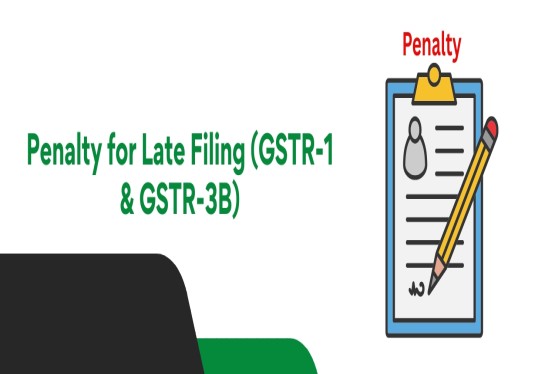












_of_GST_Act_learn_crop10_thumb.jpg)










_Under_GST_learn_crop10_thumb.jpg)









_crop10_thumb.jpg)


_crop10_thumb.jpg)






_learn_crop10_thumb.jpg)






















_of_the_Income_Tax_Act_learn_crop10_thumb.jpg)



_learn_crop10_thumb.jpg)
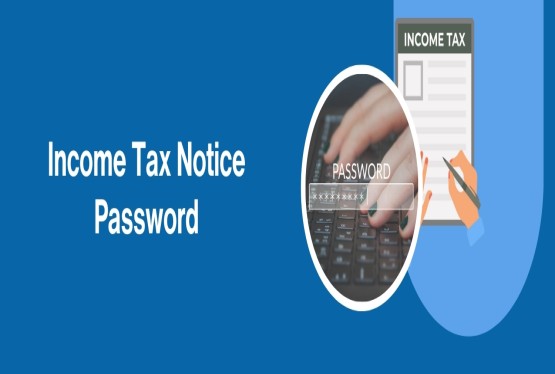





_learn_crop10_thumb.jpg)






_crop10_thumb.jpg)




















_in_The_Income_Tax_Act,_1961_learn_crop10_thumb.jpg)



_learn_crop10_thumb.jpg)



_of_the_Income_Tax_Act_learn_crop10_thumb.jpg)


_Of_Income_Tax_Act_learn_crop10_thumb.jpg)








_learn_crop10_thumb.jpg)








_learn_crop10_thumb.jpg)
_crop10_thumb.jpg)






















_learn_crop10_thumb.jpg)
_for_Import_and_Export_learn_crop10_thumb.jpg)











